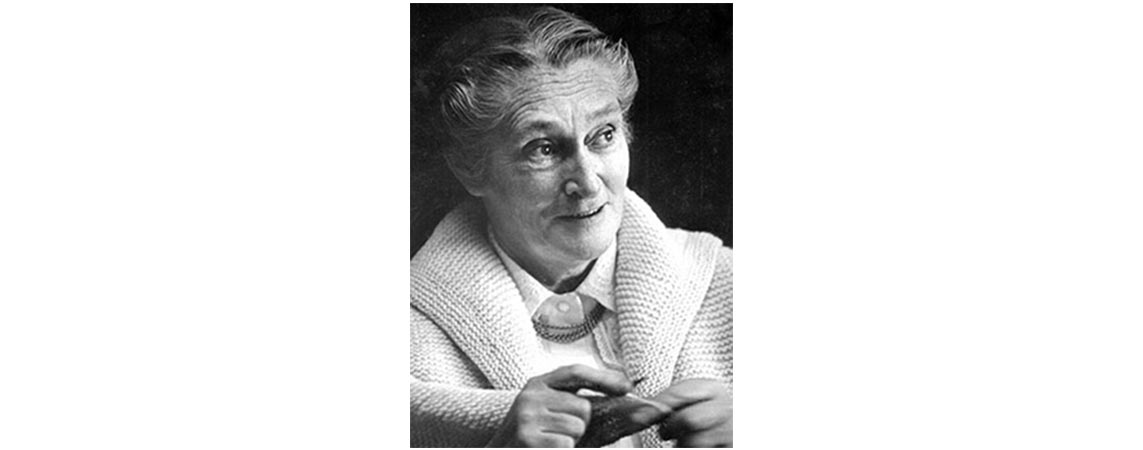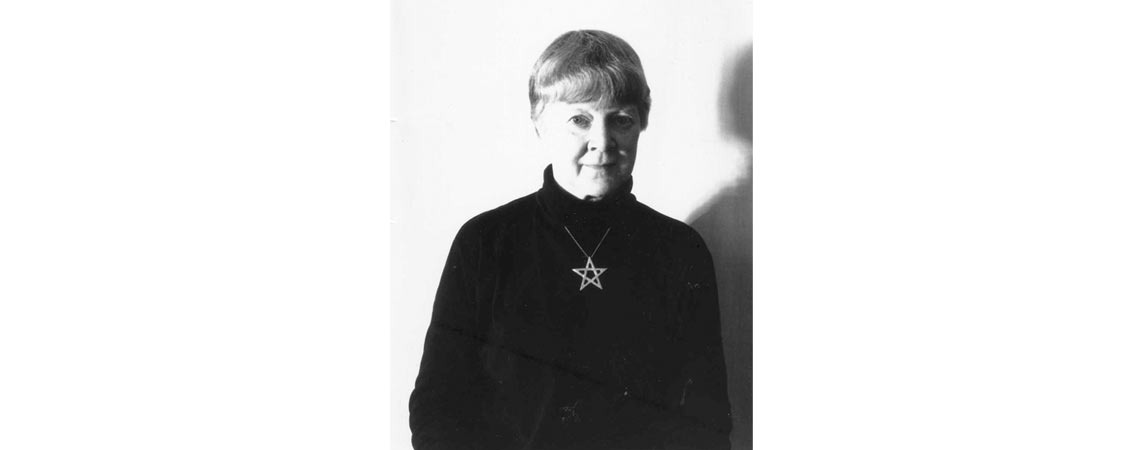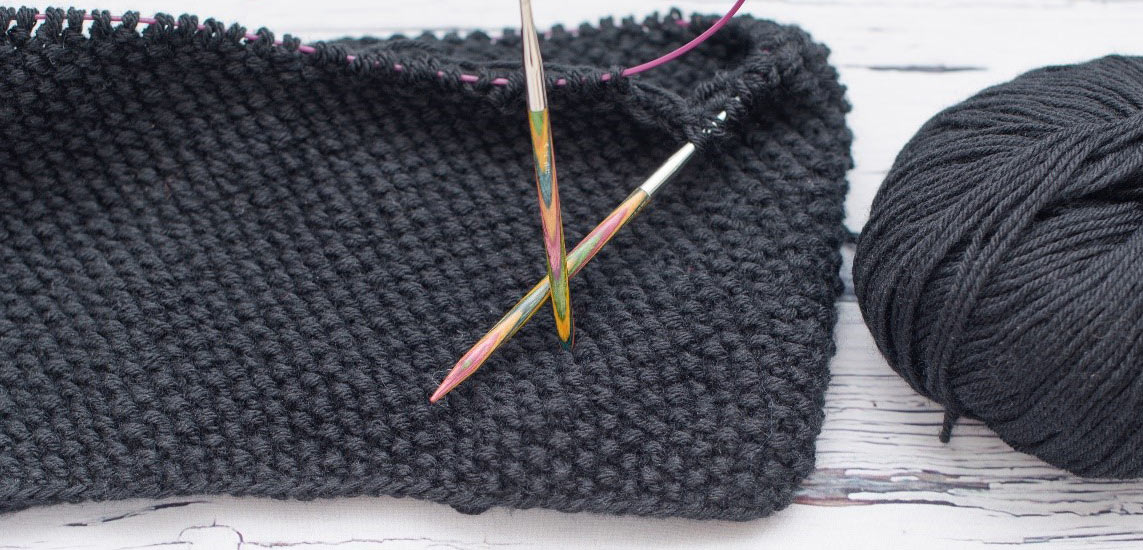As anyone who loves - really loves - the craft of knitting will tell you, there is always more to learn. Some of us discover it on our own – as we refine our techniques and continue to make beautiful things with our regular knitting needles. Most of us welcome the help of others with experience and a desire to share their passion for making beautiful and useful objects.
Fiber craft – especially knitting – is blessed to have some true mentors. These are women who seem to have knitting and its techniques encoded in their DNA. Some have their heritage to thank for their innate abilities, others approach it from an academic perspective. This is a look at two such teachers/artists. There are many more. In the weeks ahead we will tell you about some of them but, today, we will start with two very notable women: Elizabeth Zimmerman and Barbara Walker, legends of the craft.
Elizabeth Zimmerman
Elizabeth Zimmerman was a British-born woman known for her down-to-earth spirit and her practical approach to design. Schooled in Europe, she had a strong artistic sensibility coupled with an interest in mathematical theory. Like many young girls of the time, she learned knitting from her mother and grandmother. She married a German who was smart enough to get out of Germany in the 1930’s and they immigrated to the States. Eventually setting in Wisconsin, they raised their family in a schoolhouse that they converted into their family home.

She was a proponent of “knitting in the round” with circular needles, long before it caught on here in the U.S. Prior to her influential teaching, it was the standard to knit flat, back and forth on single pointed needles. Her first designs were published in Vogue Knitting in 1958. After a disagreement with a publisher who converted her patterns from the round into a flat knitting project, she started her own publishing house for patterns and named it ”Schoolhouse Press”. That company exists to this day and its annual Knitting Camps are run under the direction of her daughter, Meg, who is, herself, a leading figure in the knitting industry.
One of Elizabeth’s most profound contributions to the craft was her development of the EPS (Elizabeth’s Percentage System). It consists of a mathematical formula to determine how many stitches to cast on for a sweater, given that the sleeves and body are usually proportionate no matter what yarn or gauge is used. It’s explained in her book, “Knitting without Tears”, which has been in print since 1973 years and continues to sell briskly as new knitters enter the craft.
EPS was central to Zimmermann's mandate that knitters think for themselves, knit without patterns, make independent design decisions, and improvise as they knit, thus elevating their skills and work to that of a true craft. She was an avid believer in the meditative and therapeutic benefits of knitting and one of her most famous and well-known quotes is “Knit on with confidence and hope through all crises.
Barbara G. Walker
Barbara Walker is an American-born writer and early feminist who came a bit late to the world of fiber art. She claimed to “not take to it at all" when she first learned in college, yet years later her fascination with the incredible variety of stitch patterns that knitting offers led to her writing over 10 books on the subject.

Her Knitting Treasury series documents over a thousand different knitting stitches. Here is an impressive list of her titles:
- A Treasury of Knitting Patterns (1968)
- A Second Treasury of Knitting Patterns (1970)
- The Craft of Lace Knitting (1971)
- The Craft of Cable-Stitch Knitting
- Knitting from the Top (1972)
- The Craft of Multicolor Knitting (1973)
- Sampler Knitting (1973)
- Barbara Walker's Learn-to-Knit Afghan Book (1974)
- Mosaic Knitting (1976)
- A Second Treasury of Knitting Patterns (1985
- Charted Knitting Designs: A Third Treasury of Knitting Patterns
- A Fourth Treasury of Knitting Patterns (2000)
- Mosaic Knitting, Revised (2006)
She advocated knitting and constructing knitted garments from the top down rather than the usual bottom-up method used in the Western knitting tradition. Most of Walker's best-known knitting books have been reprinted, and starting in the mid-1990s, she published new knitting books. Most knitting “experts” strongly advise those with an interest in designing to collect her Treasury Series because of the comprehensive amount of stitches shown and the commonsense approach to the craft.
All this would be impressive enough on its own but her interest in the art of craft is even more fascinating when you discover that her original course of study revolved around feminism, religion, and myth. In time, her work resulted in over 15 books on a variety of subjects plus two novels.
These are just two of the women who have succeeded in elevating the profile of hand work – in this case, knitting – and, in doing so, propelled it out of the category of “women’s work” and into its proper place in the art world.
Knitting opens up a world of creative pursuits. These two women have contributed in unique ways to the crafting industry. With these innovations, knitting becomes all the more fun.
With KnitPro explore the widest range of knitting needles, crochet hooks and accessories. Choose from a variety of materials such as bamboo, wood, aluminium, stainless steel, acrylic and more in standard sizes in types of single-pointed, double-pointed, fixed circular and interchangeable circular needles along with specially-designed knitting needle sets. Among knitting accessories, find everything that assists knitters- from stitch markers, blocking tools, needle cases, yarn winders and dispensers to chart keepers and more.












